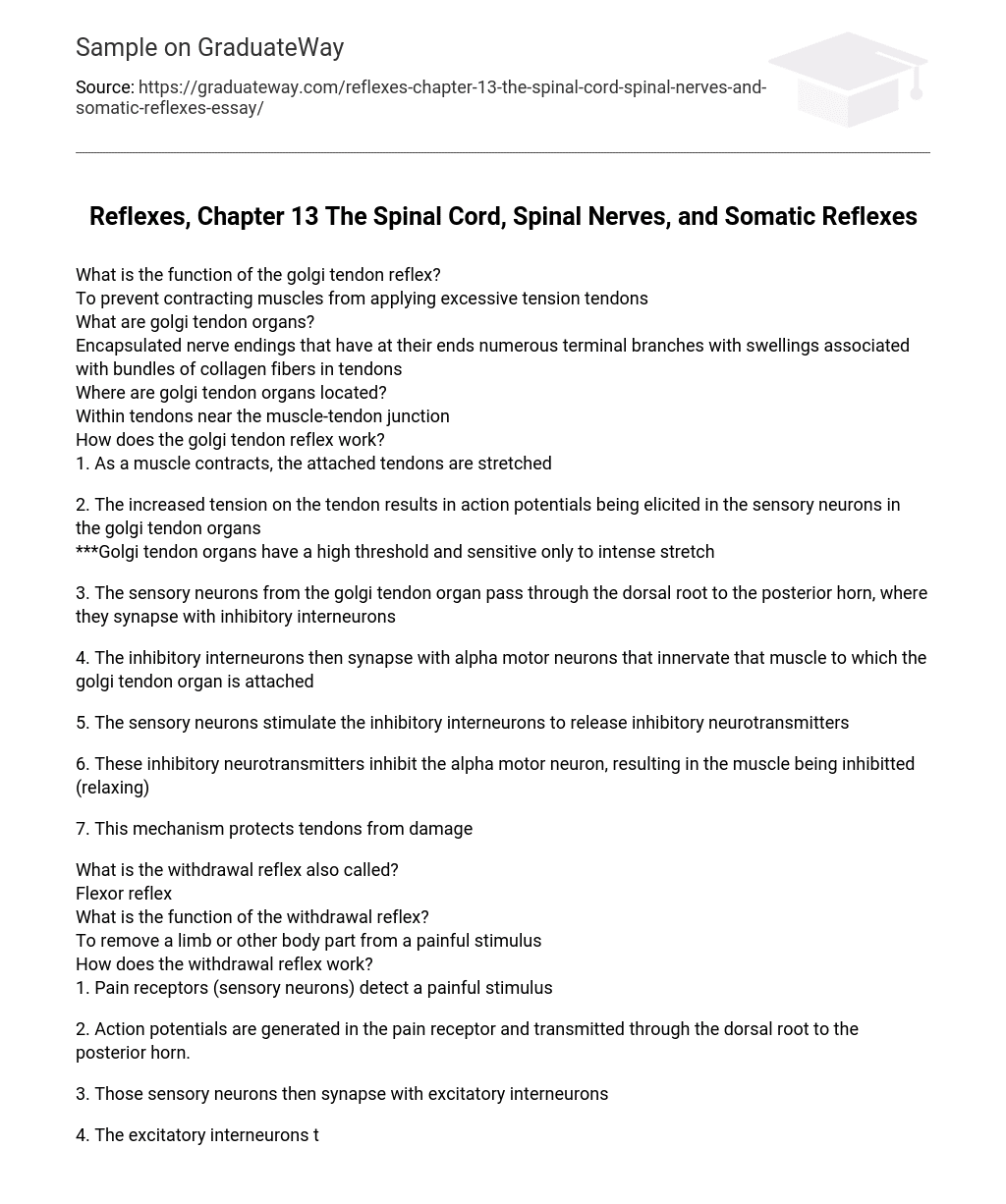The somatic nervous system (from the Greek soma – body) is a part of the human nervous system, which is a combination of afferent (sensory) and efferent (motor) nerve fibers that innervate muscles (skeletal in vertebrates), skin, joints. The somatic system is a part of the peripheral nervous system that delivers motor (motor) and sensory (sensory) information to the central nervous system and back. This system consists of nerves attached to the skin, sensory organs and all the muscles of the skeleton.
It is responsible for almost all conscious muscle movements, as well as for processing sensory information coming through external stimuli: sight, hearing and touch. The name of the somatic nervous system comes from the Greek word “soma” (body). The somatic nervous system contains two main types of neurons: sensory (afferent) neurons, which supply information from nerve endings to the central nervous system, and motor (efferent) neurons, which deliver information throughout the body from the brain and spinal cord to muscle tissues.
The neurons of the somatic nervous system extend from the central nervous system directly to the muscles and receptors. The body of the neuron is located in the central nervous system, and the axons stretch further until they reach the skin, sensory organs, or muscles. Electrochemical impulses travel through axons from the brain to the spinal cord.
The somatic nervous system also includes reflex arcs responsible for unconscious actions (reflexes). With the help of reflex arcs, the muscles move without signals from the brain. This happens when nerve pathways connect directly to the spinal cord. Some examples of how reflex arcs work: you quickly lift your hand from a hot pot or unconsciously lift your foot when the doctor hits you on the knee.
The somatic nervous system consists of two parts:
- Spinal nerves are peripheral nerves that transmit sensory information to the spinal cord and motor commands from the spinal cord.
- Cranial nerves are nerve fibers that carry information to and from the brainstem. They innervate the nose, eyes, eye muscles, mouth, tongue, ears, face, neck, shoulders and transmit information from the organs of vision, hearing, smell, taste and vestibular apparatus
The somatic nervous system includes 12 pairs of cranial nerves extending from the brain, and 31 pairs of spinal nerves with numerous branches. These are nerves with predominantly somatic innervation.





